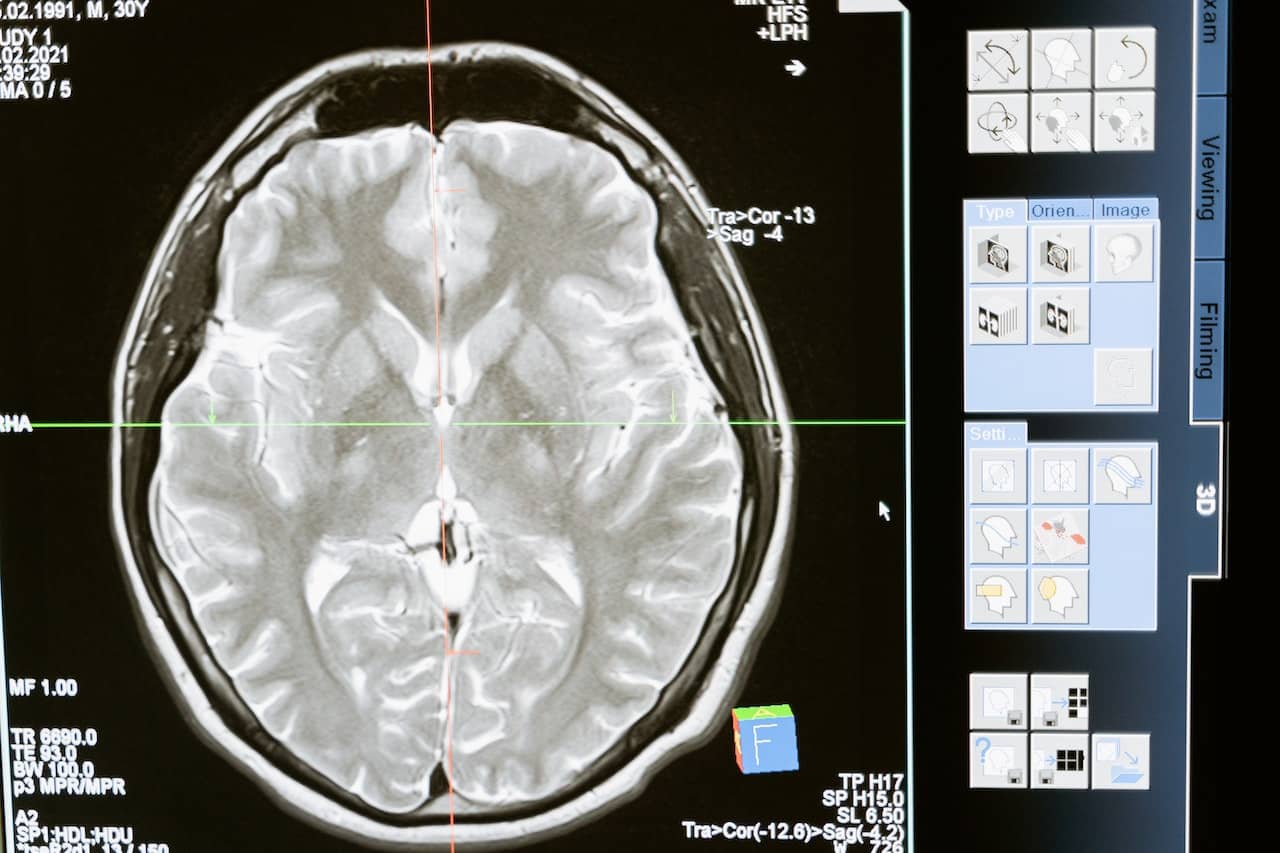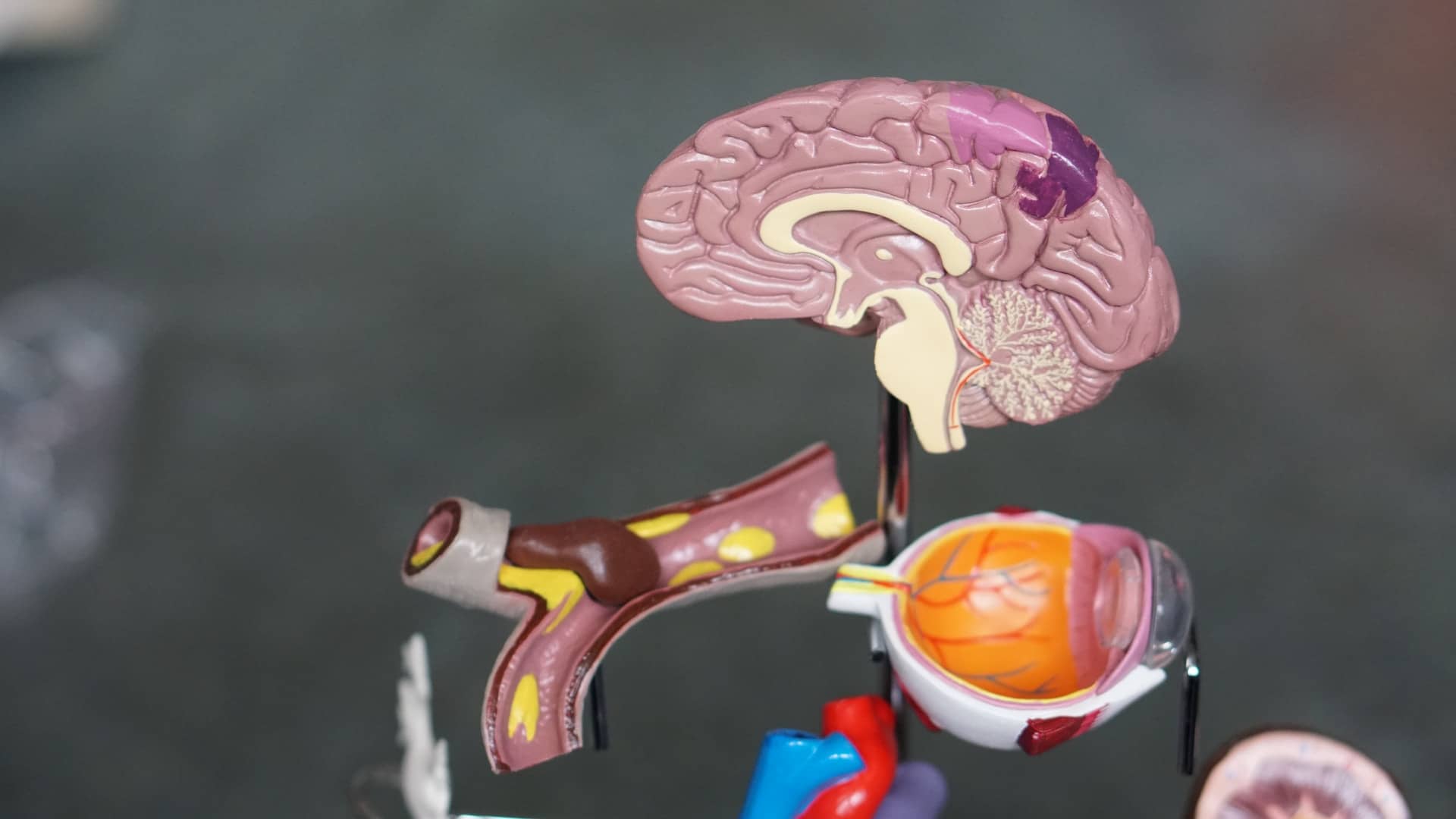The brain, often described as the command centre of the human body, is a fascinating and intricate organ. It orchestrates every thought, emotion, and action we experience. In this journey through the enigmatic world of the brain, we will explore its anatomy, dissecting the five main parts that work in harmony to shape our existence. We also highlight how best to start a claim for your serious injury.
The Brain’s Role in Our Lives
Before we dive into the nitty-gritty details of brain anatomy, let’s take a moment to appreciate the profound significance of this remarkable organ. Picture your brain as the conductor of a grand symphony, directing an orchestra of cells, each with a unique instrument. It’s the reason you can think, feel, move, and remember. Understanding its anatomy is like learning the sheet music of the symphony of life.
The Cerebrum
The cerebrum, often referred to as the “grey matter,” is the largest and most conspicuous part of the brain. It is the powerhouse of intellect, creativity, and conscious thought. Imagine it as the CEO of a vast corporation, responsible for decision-making and problem-solving. This part of the brain is divided into two hemispheres—left and right.
The left hemisphere is known for its logical thinking and language skills. It allows you to read, write, and calculate complex equations. On the other hand, the right hemisphere is more creative and artistic. It helps you appreciate art, music, and spatial relationships. Together, these hemispheres enable you to navigate the multifaceted world of human cognition.
The Cerebellum
Imagine trying to ride a bicycle without your cerebellum—the result would be a wobbly disaster. Located at the base of the brain, the cerebellum is like a skilled choreographer, coordinating your movements with astonishing precision. It ensures you walk, dance, and perform intricate tasks without stumbling.
While it might seem small compared to the cerebrum, the cerebellum contains more neurons than the rest of the brain combined. This emphasises its crucial role in maintaining equilibrium and fine-tuning motor skills. So, the next time you effortlessly catch a ball or execute a graceful pirouette, remember to thank your cerebellum.
The Brain Stem
Now, let’s descend deeper into the brain’s core—the brain stem. This unassuming yet vital region is responsible for regulating fundamental life functions, such as breathing, heart rate, and blood pressure. It’s like the backstage crew of a theatre production, diligently working behind the scenes to ensure the show goes on.
The brain stem is divided into three parts: the medulla oblongata, the pons, and the midbrain. The medulla oblongata controls involuntary functions like breathing and swallowing. The pons assists with breathing and connects various parts of the brain. The midbrain plays a role in sensory processing and motor functions. Without these components, our very existence would be in jeopardy.
The Diencephalon
Nestled within the brain’s depths, the diencephalon acts as a relay station, transmitting sensory information to different brain regions. Think of it as a central hub in a vast communication network, processing signals from the world around you.
The diencephalon comprises the thalamus and hypothalamus. The thalamus serves as a switchboard, directing sensory input to the appropriate destinations in the cerebrum. It ensures that when you touch a hot stove, the pain signals reach your brain in a split second, prompting you to withdraw your hand.
Meanwhile, the hypothalamus oversees an array of vital functions, including hunger, thirst, body temperature, and sleep. It’s the maestro conducting the symphony of your body’s homeostasis, making sure everything is in perfect harmony.
The Limbic System
Emotions are an integral part of the human experience, and the limbic system is the brain’s emotional epicentre. Composing several structures, including the amygdala and hippocampus, this region influences our feelings, memories, and social interactions.
The amygdala, often likened to a vigilant security guard, assesses incoming stimuli for potential threats. It triggers the “fight or flight” response when danger is detected, leading to heart palpitations and a rush of adrenaline. On the other hand, the hippocampus, resembling a librarian, catalogues and stores memories, allowing us to revisit past experiences.
Now that we’ve explored the key players in the brain’s anatomy, let’s consider how your brain adapts and copes when faced with adversity, such as a brain injury.
Your Brain Following a Brain Injury
Imagine a sudden impact or trauma to your head, resulting in a brain injury. This can be a life-altering event, and understanding how the brain responds and adapts is crucial for recovery and rehabilitation.
The brain possesses a remarkable ability known as neuroplasticity. Think of it as the brain’s adaptability, its capacity to rewire and reorganise itself in response to injury or changing circumstances. This incredible feature allows individuals who have suffered brain injuries to regain lost functions through rehabilitation and therapy.
For instance, if a person experiences a stroke that damages a specific area responsible for speech in the left hemisphere of the cerebrum, other parts of the brain may gradually take over this function. With time and effort, speech therapy can help reroute neural pathways, enabling the individual to communicate effectively once again.
Similarly, in cases of traumatic brain injuries (TBI), such as those sustained in accidents or falls, the brain may undergo a process of healing and adaptation. Over time, the brain can compensate for damaged regions by redistributing functions to other areas. This remarkable ability underscores the importance of early intervention and rehabilitation for individuals with brain injuries.
It’s important to note that while the brain’s neuroplasticity is a potent asset, it has its limitations. Severe and widespread brain damage can pose significant challenges for recovery. Nonetheless, researchers continue to explore innovative therapies and interventions to harness the brain’s innate regenerative potential.
In the United Kingdom, for example, leading institutions like the University of Oxford and Imperial College London are at the forefront of brain injury research. They collaborate with medical professionals, psychologists, and neuroscientists to develop cutting-edge treatments and rehabilitation strategies for individuals affected by brain injuries.
Making a Serious Injury Claim with National Claims
At National Claims, we understand that a serious brain injury can be a life-changing event, affecting not only the injured individual but also their loved ones. We are here to guide you through the process of making a serious injury claim, providing the support and expertise you need during this challenging time.
Understanding the Impact of Brain Injuries
Before delving into the claims process, it’s crucial to recognize the profound impact that brain injuries can have on a person’s life. Whether the injury stems from an accident, medical negligence, or another unfortunate event, it often results in significant physical, cognitive, and emotional challenges.
Brain injuries can lead to long-term disabilities, affecting a person’s ability to work, engage in everyday activities, and maintain relationships. The financial and emotional burdens can be overwhelming. That’s where National Claims steps in—to help you seek the compensation you deserve.
Our Commitment to Your Well-Being
At National Claims, we are committed to advocating for your rights and ensuring that you receive the necessary support and resources to navigate life after a brain injury. Our panel of experienced solicitors specialise in serious injury claims, including those related to brain injuries.
We understand that each case is unique, and we approach every situation with empathy and professionalism. Our goal is to secure compensation that can cover medical expenses, rehabilitation, ongoing care, and loss of earnings, among other considerations.
The Claims Process
Initial Consultation
The journey begins with a confidential and no-obligation consultation with one of our expert claims specialists. During this meeting, we will listen to your story, gather essential information about your injury, and assess the viability of your claim. We are here to answer your questions and address any concerns you may have.
Investigation and Documentation
Once you decide to proceed with your claim, our team will conduct a thorough investigation. This involves gathering medical records, accident reports, witness statements, and any other evidence necessary to build a strong case on your behalf. We leave no stone unturned in our pursuit of justice.
Evaluation of Damages
Determining the appropriate level of compensation is a critical step in the claims process. Our panel of experienced solicitors will assess the full extent of your losses, including medical bills, rehabilitation costs, lost wages, and pain and suffering. We will work tirelessly to ensure that your claim accurately reflects your needs and circumstances.

Conclusion
Understanding the anatomy of the brain is not only a fascinating journey into the complexities of our cognitive processes but also a crucial foundation for comprehending the challenges posed by brain injuries. The brain’s remarkable adaptability, as exemplified by the concept of neuroplasticity, offers hope and opportunities for recovery to those affected by such injuries.
At National Claims, we are not only dedicated to shedding light on the anatomy of the brain but also to making a difference in the lives of individuals who have experienced brain injuries. We provide unwavering support and expert legal guidance to help you secure the compensation you need to rebuild your life.
Our commitment to your well-being extends beyond the claims process. We understand the physical, emotional, and financial toll that brain injuries can take, and we are here to stand by your side every step of the way. Together, we can navigate the complexities of the legal system and work toward a brighter future—one where you receive the support and resources necessary to regain your independence and quality of life.
If you or a loved one has suffered a serious brain injury, don’t hesitate to reach out to National Claims for a confidential consultation. Your journey toward justice and recovery begins here, with a team that genuinely cares about your well-being.
Contact us today to get a start on your claim and find out more about how we deal with serious injuries at National Claims.
Click below to see why we are one of the most trusted claims management companies in the UK.

We’re proud of our excellent customer reviews
We thrive on delivering exceptional service and ensuring our clients’ satisfaction. Don’t just take our word for it. Check out some of our independent reviews to see what our clients have to say.
Excellent

This firm is excellent, they sorted out my car pay out and injury claim very fast, they always communicate with you all the time.

My accident case was dealt with confidence and with great result of the outcome, especially James kept me informed all the time.

I was very impressed at the way my inquiry was treated. I was listened to attentively and everything I needed to know was explained to me.






